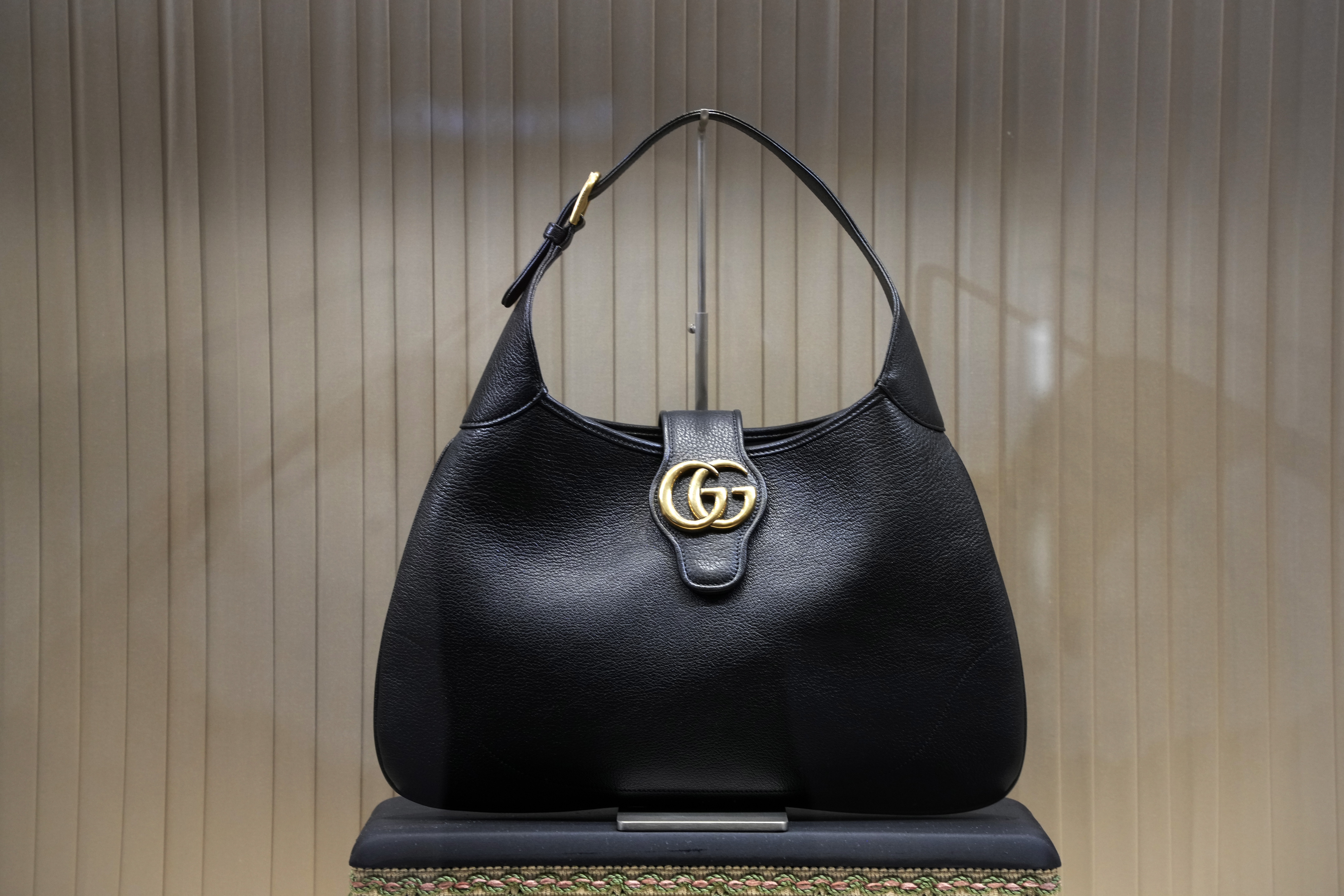WASHINGTON -- The Federal Reserve's favored inflation gauge slowed sharply last month, an encouraging sign in the Fed's yearlong effort to cool price pressures through steadily higher interest rates.
Friday's report from the Commerce Department showed that consumer prices rose 0.3% from January to February, down from a 0.6% increase from December to January. Measured year-over-year, prices rose 5%, slower than the 5.3% annual increase in January.
Excluding volatile food and energy prices, so-called core inflation rose 0.3% from January and 4.6% from a year earlier. Both were slowdowns from the previous month. The Fed is believed to pay particular attention to the core measure as a gauge of underlying inflation pressures.
Taken as a whole, Friday's figures show that inflation pressures, though easing gradually, still maintain a grip on the economy. The Fed has raised its benchmark rate nine times since March of last year in a strenuous drive to tame inflation, which hit a four-decade high in mid-2022.
The report also showed that consumer spending rose 0.2% from January to February, a drop from a hefty 2% increase a month earlier. But Phil Levy, chief economist at the supply chain firm Flexport, noted that the government revised up January's consumer spending figures and that the savings rate ticked up in February -- to 4.6% of after-tax income. That suggested to him that Americans have the financial wherewithal to keep shopping.
"People are spending," Levy said. "People can afford to be spending. If you want to slow down inflation, you've got to somehow suppress that."
Job openings remain plentiful, hiring is strong, layoffs are still low and the unemployment rate is barely above a half-century low. A result has been upward pressure on wages, which have contributed to inflationary pressures. Even after having slowed, consumer prices are still posting year-over-year increases well above the Fed's 2% target. Earlier this month, the Labor Department said its consumer price index rose 0.4% from January to February and 6% from February 2022.
The Fed's policymaking has been complicated by the tumult that erupted in the financial system after the collapse this month of Silicon Valley Bank and New York-based Signature -- the second- and third-biggest bank failures in U.S. history. The central bank now must consider the risk that its continuing efforts to cool inflation through ever-higher interest rates could further destabilize the banking system.
At a news conference last week, Fed Chair Jerome Powell acknowledged that the uncertainties now overhanging small and midsize banks will likely cause tighter lending conditions. If banks do restrict lending in the coming months, Powell said, it would probably slow the economy and perhaps act as the equivalent of a Fed rate hike.
Flexport's Levy noted that at 4.6%, the report's measure of year-over-year core inflation was still as high in February as it had been in December, suggesting that inflationary pressures are persistent and that the Fed still has work to do.
"You look at this report and think, we've got to keep applying the brakes,″ Levy said. "The question is how much of March's banking turmoil has already applied the brakes for them."
Many American families are still feeling squeezed.
"I can go get a $5 meal at Wendy's, which isn't even healthy, but that's cheaper than buying the ingredients to make a meal at home," said Jennifer Schultz of St. Joseph, Missouri.
"Eggs started to skyrocket, meat's gone up tremendously, a gallon of milk: staple products that our seniors needed -- they were really being affected by the inflation and still are," said Michelle Fagerstone, chief development officer at St. Joseph's Second Harvest Community Food Bank.
On Friday, the European Union reported that inflation in the 20 countries that use the euro currency slowed to its lowest level in a year as energy prices dropped, though food costs still rose, keeping pressure on the European Central Bank to raise rates further. Consumer prices in the eurozone jumped 6.9% in March from a year earlier, down from 8.5% in February. Eurozone inflation has been easing since peaking at 10.6% in October.
In the United States, the Fed is thought to monitor the inflation gauge that was issued Friday, called the personal consumption expenditures (PCE) price index, even more closely than it does the government's better-known consumer price index. Typically, the PCE index shows a lower inflation level than CPI. In part, that's because rents, which have been among the biggest drivers of inflation, carry twice the weight in the CPI that they do in the PCE.
The PCE price index also seeks to account for changes in how people shop when inflation jumps. As a result, it can capture emerging trends -- when, for example, consumers shift away from pricey national brands in favor of less expensive store brands.
--------
AP Video Journalist Nick Ingram in St. Joseph, Missouri, contributed to this report.



